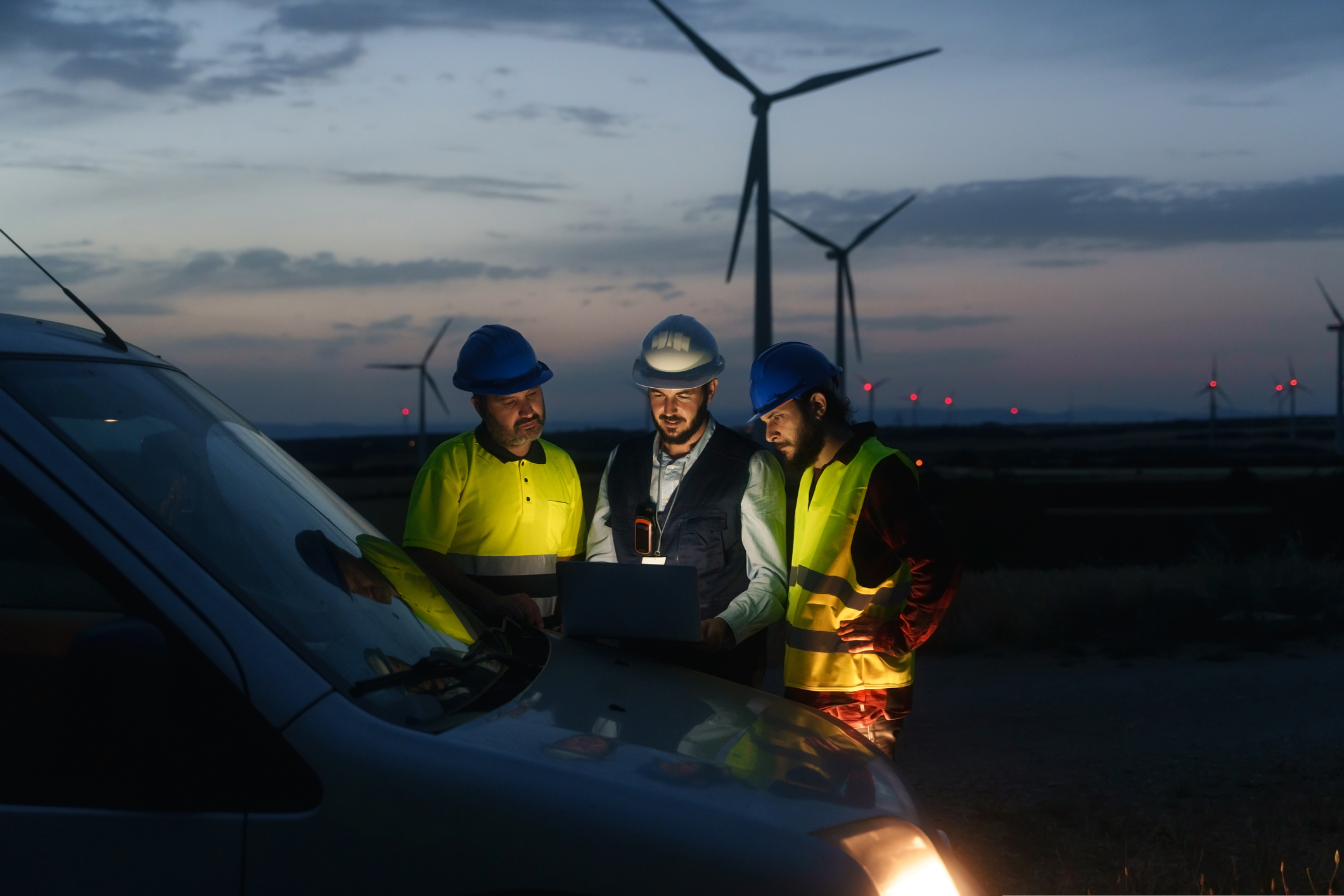In September 2022, the Queensland government unveiled its SuperGrid Infrastructure Blueprint, a comprehensive plan aimed at transforming the state’s energy landscape. With ambitious targets of achieving 70% renewable energy by 2032 and 80% by 2035, the blueprint sets out to revolutionise the state’s historically coal-dependent energy sector. But, as the initial excitement subsides, concerns regarding feasibility and practicality have begun to surface.
At the heart of the blueprint are six Renewable Energy Zones (REZs), designed to harness the state’s abundant wind and solar resources. These zones have been hailed as the cornerstone of Queensland’s renewable energy future, yet the involvement of various stakeholders, including First Nations people and local farmers, introduces complexities that may impede progress.
One of the primary concerns surrounding the blueprint is the intermittency of renewable energy sources. To address this issue, the plan proposes a significant investment in long-duration storage, complemented by an additional 3 GW of grid-scale storage. However, questions linger regarding the sufficiency of these measures to ensure a stable power supply during periods of high demand. With further delays to Snowy 2.0, the optimism of pumped hydro projects being completed on time has plummeted.
Furthermore, while the blueprint mentions low to zero emission gas-fired generation, the vagueness surrounding the term “low to zero” raises doubts about the commitment to truly reducing emissions. This ambiguity could undermine public trust in the project and create uncertainty for investors.
Another point of contention is Queensland’s continued reliance on its connection with New South Wales. Although this relationship provides a safety net, it also suggests a possible lack of confidence in the state’s independent capability to meet its energy needs.
Powerlink, the entity responsible for facilitating community engagement, faces the daunting task of balancing diverse interests and opinions. While the blueprint’s emphasis on collaboration is laudable, experienced observers may view this approach as a potential hindrance to timely decision-making.
Despite reservations, the SuperGrid Infrastructure Blueprint offers numerous opportunities for innovation and growth, particularly for those familiar with navigating regulatory frameworks. Nevertheless, the magnitude of the challenges ahead cannot be ignored. Bureaucratic obstacles, coupled with the weight of expectation placed upon Renewable Energy Zones, leaves room for doubt regarding Queensland’s ability to deliver on its promises.
In conclusion, the SuperGrid Infrastructure Blueprint represents a bold vision for Queensland’s energy future, but its success hangs in the balance. Either the state will emerge as a leader in the global transition to renewables, or it will serve as a cautionary tale of overambition. Only time will tell if Queensland has taken a confident step forward or a tentative shuffle into the unknown.
